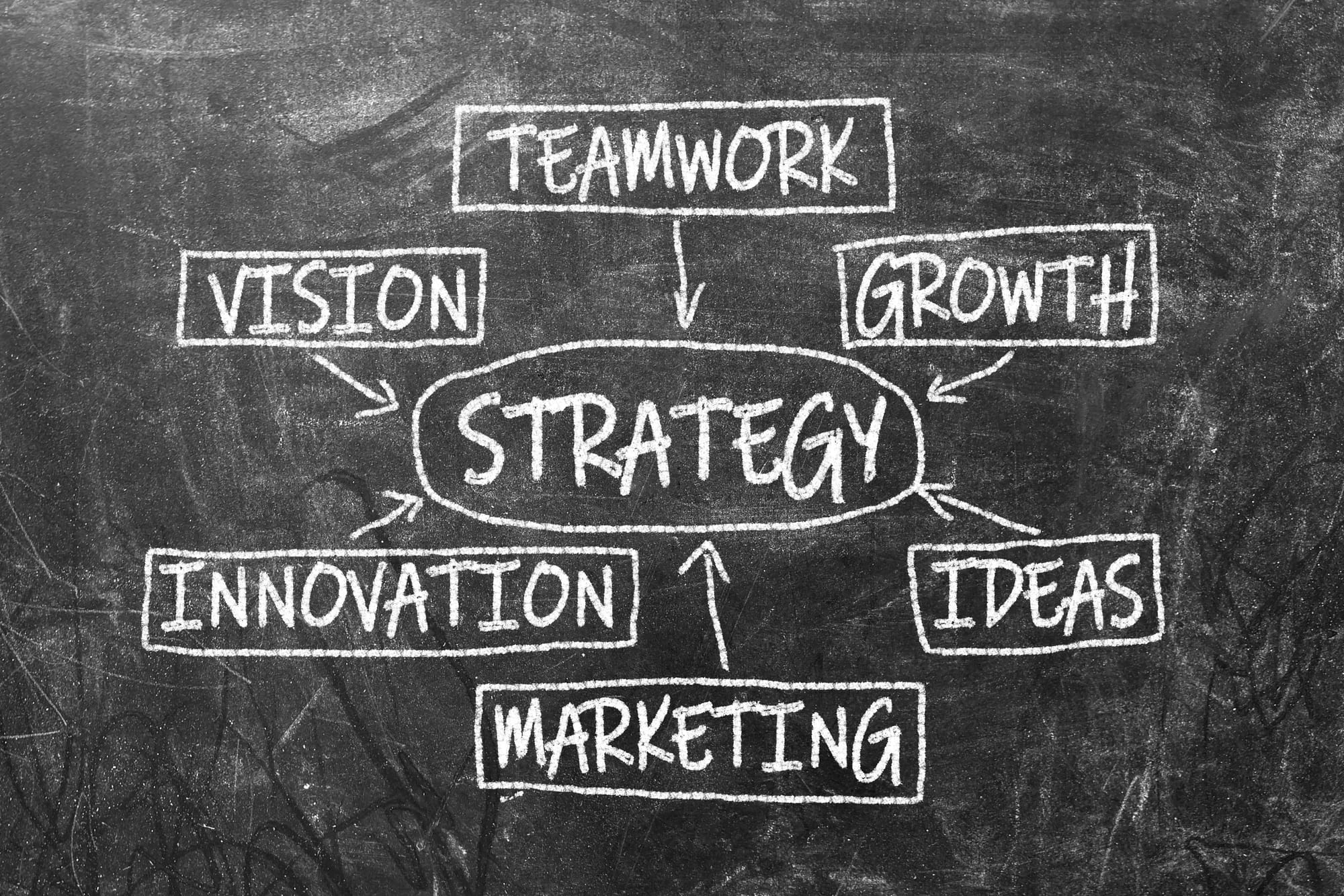What is strategy? A comprehensive guide

In today’s fast-paced and competitive business environment, having a well-defined strategy is crucial for success.Strategy is a plan of action designed to achieve a long-term or overall aim. It's more than just setting goals; it involves the careful consideration of an organisation's resources, prioritising the organisation's efforts and capabilities, to make informed decisions about how to achieve desired outcomes and position itself in the marketplace to achieve a sustainable competitive advantage. A well-defined strategy provides direction, focuses effort, and helps an organisation adapt to change. A strategy is a deliberate and systematic approach to achieving a specific objective. Strategy involves analysing the internal and external environment, identifying opportunities and threats and developing a plan to leverage strengths and mitigate weaknesses.
At its core, strategy is about making choices. Organisations, whether businesses, non-profits, or even individuals, have limited resources. Strategy helps them decide where to allocate these resources to gain a sustainable competitive advantage or to achieve their mission effectively. It's about answering fundamental questions
- Where are we now? (Current situation analysis)5
- Where do we want to be? (Vision and objectives)
- How will we get there? (Action plan and resource allocation)6
- How will we know if we've arrived? (Measurement and evaluation)
Strategy often involves trade-offs. By choosing one path, an organisation implicitly chooses not to pursue others. This focused approach is crucial for preventing resource dilution and ensuring maximum impact.
Key Components of a Strategic Framework
While frameworks vary, most comprehensive strategies incorporate several common elements:
1. Vision and Mission
- Vision: A long-term, aspirational statement that describes what the organization ultimately wants to achieve or become. It provides inspiration and a sense of purpose.
- Mission: A concise statement outlining the organization's fundamental purpose, what it does, for whom it does it, and its core values. It defines the organization's business.
2. Objectives and Goals
These are specific, measurable, achievable, relevant, and time-bound (SMART) targets that translate the vision and mission into concrete accomplishments. Objectives are broader, while goals are more precise and often have specific metrics.
3. External Analysis (Opportunities and Threats)
This involves understanding the broader environment in which the organization operates.7 Tools like PESTEL analysis (Political, Economic, Social, Technological, Environmental, Legal) and Porter's Five Forces (Bargaining Power of Buyers, Bargaining Power of Suppliers, Threat of New Entrants, Threat of Substitute Products, Rivalry among Existing Competitors) are often used to identify external opportunities to leverage and threats to mitigate.
4. Internal Analysis (Strengths and Weaknesses)
This involves assessing the organization's internal capabilities, resources, and limitations.8 It answers the question: "What are we good at, and where do we need to improve?" This often includes evaluating financial resources, human capital, technology, processes, and brand reputation.
5. Strategic Choices and Formulation
Based on the internal and external analysis (often summarized in a SWOT analysis - Strengths, Weaknesses, Opportunities, Threats), strategic choices are made.9 This involves:
- Corporate-Level Strategy: Deals with the overall scope of the organization, such as diversification, mergers and acquisitions, or divestitures.
- Business-Level Strategy: Focuses on how a particular business unit competes in its market. This includes cost leadership (offering products or services at the lowest price) or differentiation (offering unique value that justifies a premium price).
- Functional-Level Strategy: Details how each functional area (e.g., marketing, finance, operations, human resources) supports the overall business strategy.
6. Strategy Implementation
Formulating a brilliant strategy is only half the battle; effective implementation is crucial. This involves:
- Resource Allocation: Directing financial, human, and technological resources towards strategic initiatives.
- Organizational Structure: Aligning the organizational structure to support the strategy.
- Leadership and Culture: Strong leadership is essential for communicating the strategy and fostering a culture that supports its execution.
- Action Plans: Developing detailed plans with clear responsibilities and timelines.
- Evaluation and Control
This ongoing process involves monitoring progress, measuring performance against objectives, and making adjustments as needed. Key Performance Indicators (KPIs) are vital for tracking progress. Strategy is not static; it's a dynamic process that requires continuous adaptation.
Types of Strategies
While the term "strategy" is broad, specific types emerge based on the context and focus:
- Growth Strategy: Aims to increase market share, revenue, or customer base (e.g., market penetration, market development, product development, diversification).
- Stability Strategy: Focuses on maintaining the current position and continuing current operations (e.g., no change, pause/proceed with caution).
- Retrenchment Strategy: Involves reducing the scope of operations, often in response to declining performance (e.g., turnaround, divestment, liquidation).
- Competitive Strategy: How an organization competes in its industry (e.g., cost leadership, differentiation, focus).
- Digital Strategy: Integrates digital technologies and capabilities into the overall business strategy.
The Importance of Strategic Thinking
Strategic thinking is a critical skill for leaders and managers at all levels. It involves:
- Long-term perspective: Looking beyond immediate concerns to anticipate future challenges and opportunities.
- Systems thinking: Understanding how different parts of an organization and its environment interact.
- Creativity and innovation: Developing novel approaches to problems and opportunities.
- Risk assessment: Identifying and evaluating potential risks associated with strategic choices.
- Adaptability: Being able to adjust strategies in response to changing circumstances.12
In a rapidly evolving world, the ability to think strategically and adapt is paramount for organizational success and resilience.
The benefits of strategies